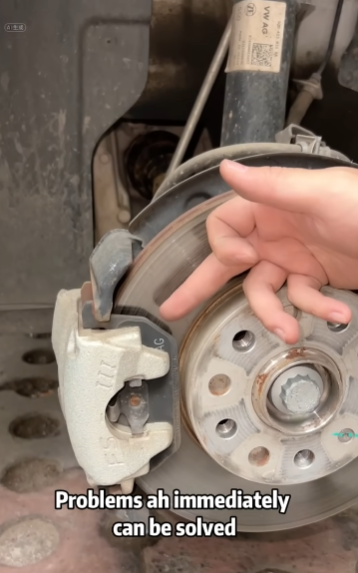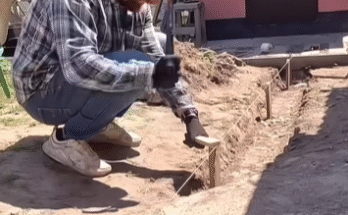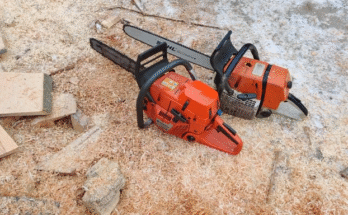
Tire failure is one of the most frustrating—and potentially dangerous—issues a driver can face. Whether you’re dealing with a flat tire, a blowout on the highway, or slow leakage, knowing how to handle tire failure is a must for every car owner. This guide covers everything from prevention to real-time solutions, helping you stay safe and get back on the road with confidence.
🔧 Common Types of Tire Failure
Before we talk about solving tire issues, it’s important to understand the types of tire failure you might face:
- Puncture or Flat Tire: Most commonly caused by nails, glass, or sharp objects.
- Blowout: A sudden and explosive loss of air, often due to under-inflation or structural damage.
- Tread Separation: The tread peels away from the rest of the tire.
- Sidewall Damage: Cuts or bulges in the sidewall, usually from potholes or curbs.
- Slow Leak: Hard to detect but leads to gradual pressure loss.
Each has different solutions—but all require quick action.

🚨 What to Do During a Tire Failure
If a tire fails while you’re driving, especially at high speeds, it can be scary. Here’s what to do:
- Stay Calm: Don’t slam on the brakes. Stay steady.
- Grip the Steering Wheel: Keep control of the vehicle.
- Slow Down Gradually: Ease off the accelerator slowly.
- Signal and Pull Over Safely: Find a flat, safe area to stop.
Never try to continue driving on a blown-out or flat tire—you risk damaging the rim or losing control.
🧰 Fixing the Problem: Step-by-Step
Once you’re safely parked, here are your options depending on the issue:
Option 1: Use a Spare Tire
Tools You’ll Need:
- Jack
- Lug wrench
- Spare tire (check it’s properly inflated)
Steps:
- Loosen lug nuts before jacking the car.
- Use the jack to lift the vehicle.
- Remove the damaged tire.
- Mount the spare.
- Tighten the lug nuts in a star pattern.
Note: Spares (especially donuts) aren’t meant for long distances or high speeds—get the tire replaced ASAP.
Option 2: Use a Tire Repair Kit or Sealant
Great for small punctures (like nails), especially if you don’t have a spare.
Steps:
- Locate the puncture.
- Use the plug tool and rubber seal to block the hole (for plug kits).
- Inflate the tire with a portable air compressor or CO2 cartridge.
Sealant: Some kits come with a sealant that fills the hole from the inside. Follow manufacturer instructions.
Caution: This is a temporary fix—visit a shop to get the tire properly inspected and repaired.

Option 3: Call Roadside Assistance
If you’re not comfortable or lack the tools, roadside help is always a good idea.
Pro Tip: Many insurance companies include roadside coverage. It’s worth checking.
🔍 Diagnosing the Cause
Fixing the tire is one thing—figuring out why it failed prevents it from happening again.
Ask yourself:
- Was the tire under-inflated?
- Was the tread worn past safe limits?
- Did I hit a pothole or sharp object?
A tire shop can check for internal damage and alignment issues that may have contributed.
🛡️ Preventing Future Tire Failures
An ounce of prevention really is worth a pound of cure. Here’s how to avoid the issue altogether:
1. Check Tire Pressure Monthly
Under-inflation causes overheating and blowouts.
Use a digital pressure gauge and follow the PSI listed in your door jamb (not the tire sidewall).
2. Inspect Tread Depth
Worn tires are more prone to failure.
Test: Stick a penny in the tread. If you can see all of Lincoln’s head—it’s time for new tires.
3. Look for Cracks and Bulges
Sidewall damage can lead to sudden failure. Don’t ignore bubbles or deep cuts.
4. Rotate Tires Regularly
Uneven wear can weaken a tire.
Rotate every 5,000–7,000 miles.
5. Avoid Overloading Your Car
Too much weight puts stress on tires.
Check your car’s load rating and don’t exceed it.
6. Drive Defensively
Potholes, curbs, and debris are tire killers.

💼 Emergency Kit Checklist for Tire Failure
Be prepared. Keep these in your trunk:
- Fully inflated spare tire
- Jack & lug wrench
- Flashlight with extra batteries
- Tire repair kit or sealant
- Portable air compressor
- Gloves
- Reflective triangle or flares
🛠️ When to Replace a Tire Instead of Repairing
Not all tire damage is repairable. Here’s when to replace:
- Sidewall puncture
- Tread separation
- Tread depth under 2/32”
- Damage close to the shoulder or bead
Also, replace tires older than 6 years—even if the tread looks okay. Rubber breaks down over time.
Final Thoughts
Tire failure doesn’t have to ruin your day. With the right tools, knowledge, and a bit of preparation, you can solve the problem safely and quickly. Make it a habit to inspect your tires, carry a kit, and know your options when trouble strikes.
Because when your tires are in good shape, you’re in control.
Drive safe—and keep rolling! 🛞✨



